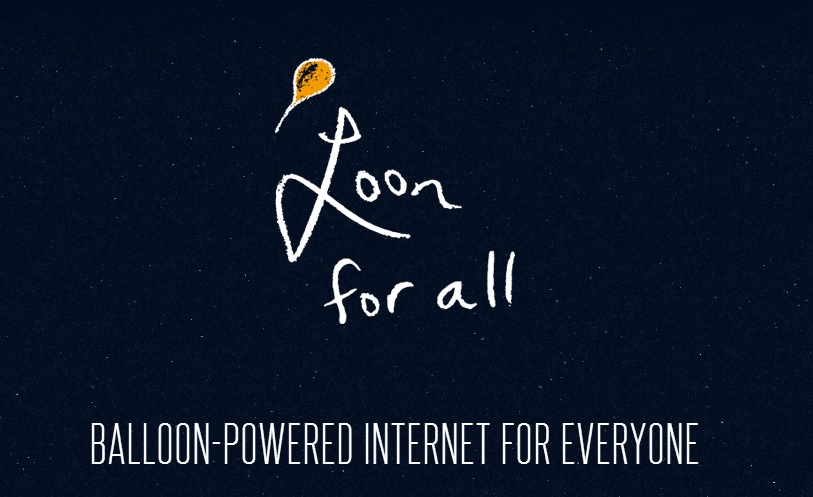A new, radically awesome project has been unwrapped from the genius minds at Google [x], the high-risk research arm of Google. Project Loon, as it is called, proposes to provide Internet access to those in rural areas via hot air balloons. Yup, balloons. And no, this isn’t another elaborate April Fool’s joke.
Of course, as is Google’s wont, these are no mere hot air balloons. The balloons hold sealed payloads containing a complex mix of solar panels, antennas, GPS devices and other electronics. The balloons themselves are made by Raven Aerostar, the same company that makes weather balloons for NASA and, more famously, the giant balloon that brought Felix Baumgartner to the fringes of outer space in his record-breaking jump.
http://www.youtube.com/watch?v=m96tYpEk1Ao
Before Project Loon’s official announcement last weekend, Google did a trial run in New Zealand last week, where Wired had an exclusive first-hand account of the run. Needless to say, it proved to be a success, providing strong encouragement for the entire project to overcome its many challenges, one of which is controlling the balloons’ trajectories to maintain a consistent flight path. By utilizing Google’s computing powers and complex algorithms, Project Loon’s engineers firmly believe they can successfully manage a fleet of balloons sailing around the world, providing Internet access where local infrastructures cannot.
Project Loon is yet another fascinating and audacious Google [x] project, firmly following the footsteps of the two previous Google X initiatives: the Google self-driving car and Project Glass. Find out more about the New Zealand trial run on Wired here, and check out Google’s official Project Loon website and official blog post.
Follow us on Instagram, Facebook, Twitter or Telegram for more updates and breaking news.



